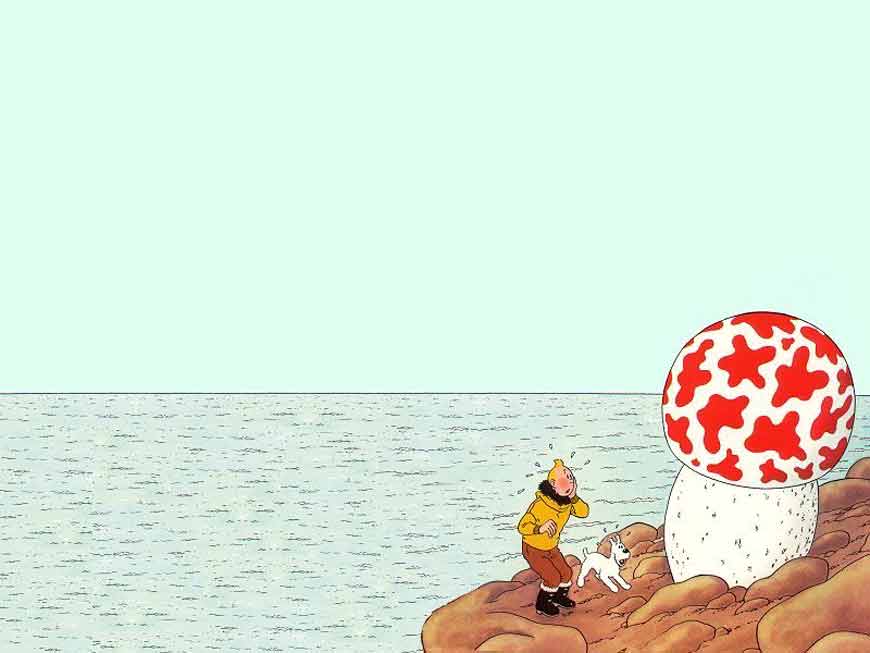The largest living organism ever found has been discovered in an ancient American forest.
The Armillaria ostoyae, popularly known as the honey mushroom, started from a single spore too small to see without a microscope. It has been spreading its black shoestring filaments, called rhizomorphs, through the forest for an estimated 2,400 years, killing trees as it grows. It now covers 2,200 acres (880 hectares) of the Malheur National Forest, in eastern Oregon.
The outline of the giant fungus stretches 3.5 miles (5.6 kilometres) across, and it extends an average of three feet (one metre) into the ground. It covers an area as big as 1,665 football fields.
The discovery came after Catherine Parks, a scientist at the Pacific Northwest Research Station in La Grande, Oregon, in 1998 heard about a big tree die-off from root rot in the forest east of Prairie City.
Using aerial photos, Ms Parks staked out an area of dying trees and collected root samples from 112. She identified the fungus through DNA testing. Then, by comparing cultures of the fungus grown from the 112 samples, she determined that 61 were from the same organism, meaning a single fungus had grown bigger than anything anyone had ever described before.
On the surface, the only evidence of the fungus are clumps of golden mushrooms that pop up in the autumn with the rain. "They are edible, but they don't taste the best," said Tina Dreisbach, a botanist and mycologist with the US Forest Service in Corvallis, Oregon. "I would put lots of butter and garlic on them."
Digging into the roots of an affected tree, something that looks like white latex paint can be seen. These are mats of mycelium, which draw water and carbohydrates from the tree to feed the fungus and interfere with the tree's absorption of water and nutrients. The long rhizomorphs that stretch into the soil invade tree roots through a combination of pressure and enzyme action.
In 1992, another Armillaria ostoyae was found in Washington state covering 1,500 acres, near Mount Adams, making it the largest known organism at the time.
"We just decided to go out looking for one bigger than the last claim," said Gregory Filip, associate professor of integrated forest protection at Oregon State University, and an expert in Armillaria. "There hasn't been anything measured with any scientific technique that has shown any plant or animal to be larger than this."
He said scientists want to learn to control Armillaria because it kills trees, but they also realise it has served a purpose in nature for millions of years.





